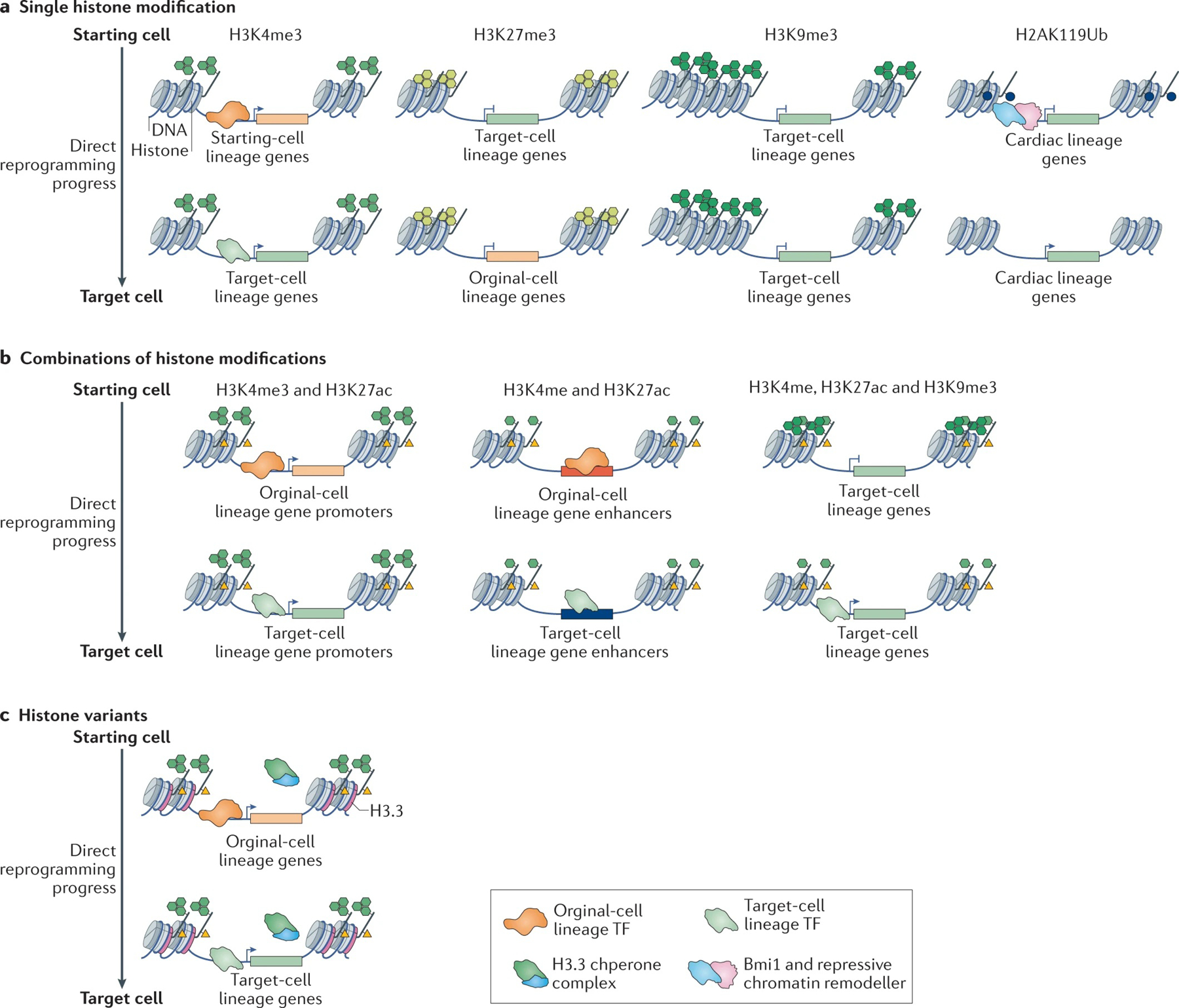Fig. 4 |. Histone modifications that regulate gene expression during direct reprogramming.

a | The types and functions of single histone modifications during direct reprogramming. H3K4me3, a histone modification that is associated with active transcription, serves as a hallmark for successful activation of the transcriptional programme that is characteristic of the desired cell type. H3K27me3, a repressive histone modification, can be used as a marker of successful silencing of the starting cell transcriptional programme. H3K9me3 is a histone modification that is associated with heterochromatin, which is refractory to transcription activation and constitutes a major barrier for successful reprogramming. H2AK119Ub is a repressive mark that has been identified at cardiac-specific loci in fibroblasts and the removal of this epigenetic mark enhances cardiac reprogramming. b | The types and functions of different combinations of histone modification during direct reprogramming. The co-enrichment of H3K4me3 and H3K27ac marks the promoters of expressed genes and genes that become activated during reprogramming. The simultaneous presence of H3K4me and H3K27ac marks the enhancers of active genes. The coexistence of H3K4me, H3K27ac and H3K9me3 (trivalent chromatin) promotes the binding of Ascl1 to neuron-specific genes during the conversion of fibroblasts to induced neurons and is an indicator of the efficiency of Ascl1-driven induced neuron reprogramming. c | Histone variants play a part in reprogramming. The histone H3 variant H3.3 has a dual role during direct reprogramming: it is important for the maintenance of the gene expression programme of the starting cell type at early stages of reprogramming and is required for the establishment of the gene expression programme of the desired cell lineage in the late stages of reprogramming. TF, transcription factor.
